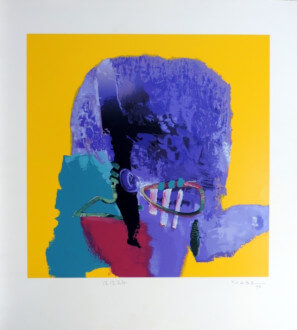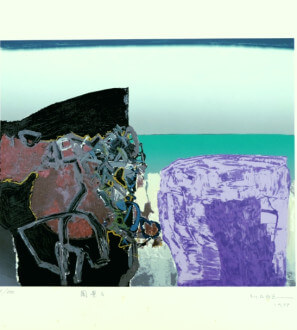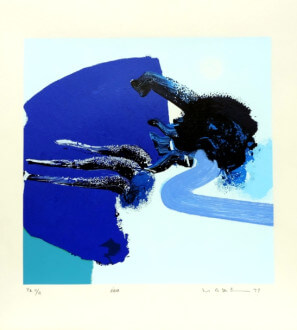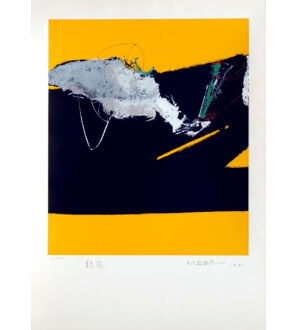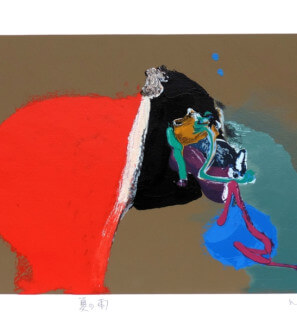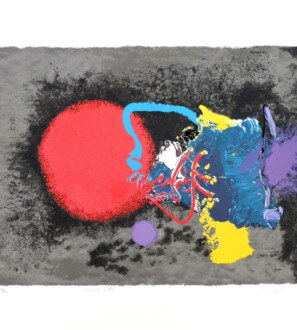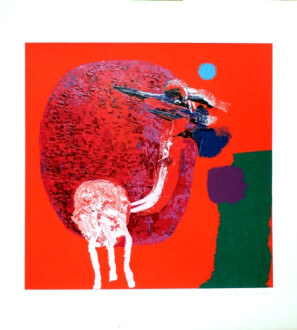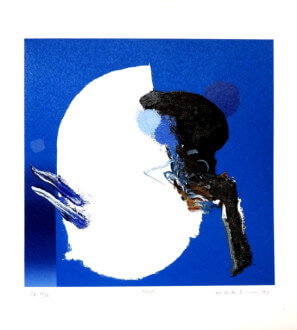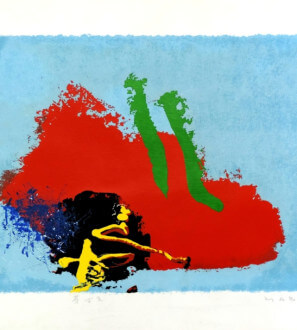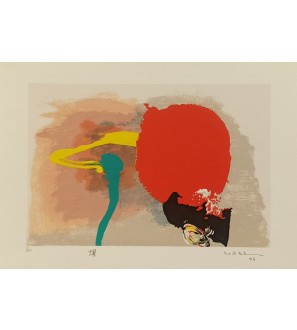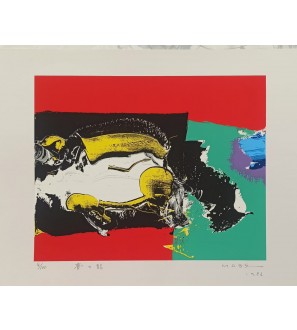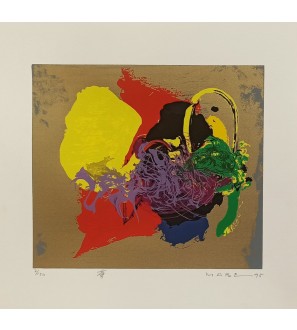Manabu Mabe
Kumamoto, Japan 1924 - São Paulo SP 1997
Painter, engraver, illustrator. From Kobe, Japan, he emigrated with his family to Brazil in 1934, to dedicate himself to work in the coffee plantation in the interior of the State of São Paulo. Interested in painting, he began to research, as a self-taught man, in Japanese magazines and books on art. In 1945, in the city of Lins, he learned to prepare the canvas and dilute paints with the painter and photographer Teisuke Kumasaka. In the late 1940s, in São Paulo, he met the painter Tomoo Handa to whom he presented his works. He joins the Seibi Group and participates in the study meetings of Group 15. The following year he acquired technical and theoretical knowledge from the painter Yoshiya Takaoka. In the 1950s he took part in exhibitions organized by the Guanabara Group. In 1957 he sells his coffee plantation in Lins and moves to São Paulo to dedicate himself exclusively to painting. The following year, he received the Leirner Prize for Contemporary Art. In 1959, he is honored with the article entitled The Year of Manabu Mabe [The year of Manabu Mabe], published in the magazine Team, in New York. He won the prize for best national painter at the 5th International Biennial of São Paulo and painting prize at the 1st Paris Biennial. In the 1980s, he painted a panel for Pan American Union in Washington, United States; illustrates The Book of Hai-Kais, translation by Olga Salvary and editing by Massao Ohno and Roswitha Kempf; and elaborates the background curtain of the Provincial Theater, in Kumamoto, Japan.
- MANABU Mabe. In: ENCICLOPÉDIA Itaú Cultural of Brazilian Art and Culture. São Paulo: Itaú Cultural, 2019. Available at: . Accessed: Aug. 14, 2019. Verbete da Encyclopedia.
ISBN: 978-85-7979-060-7
Showing 1–12 of 51 results

